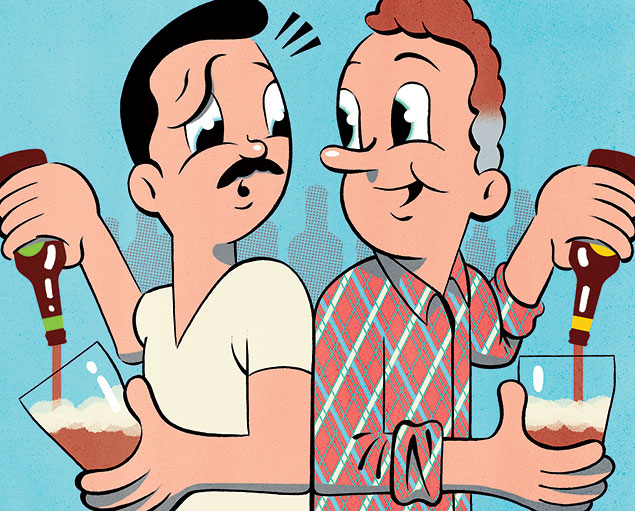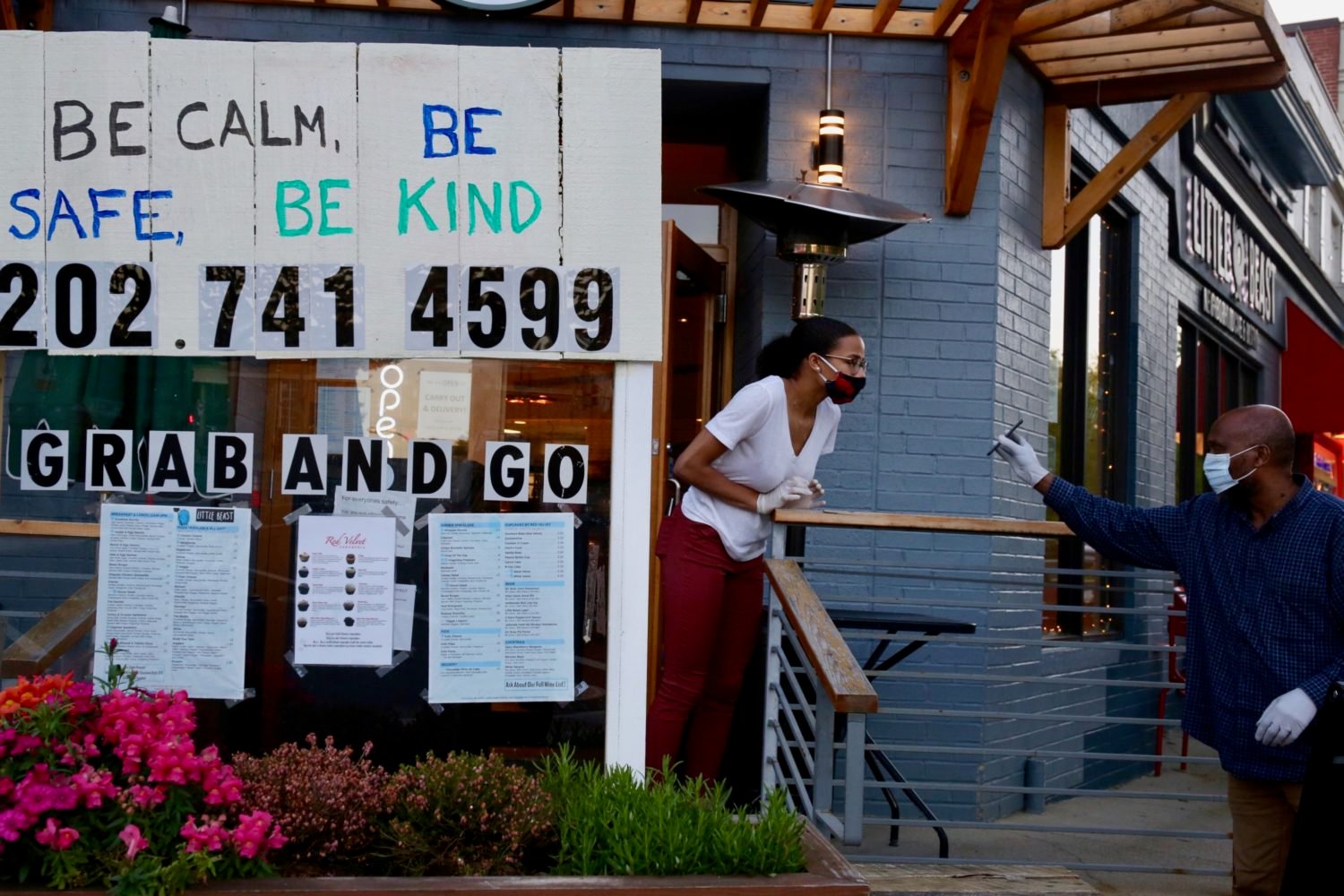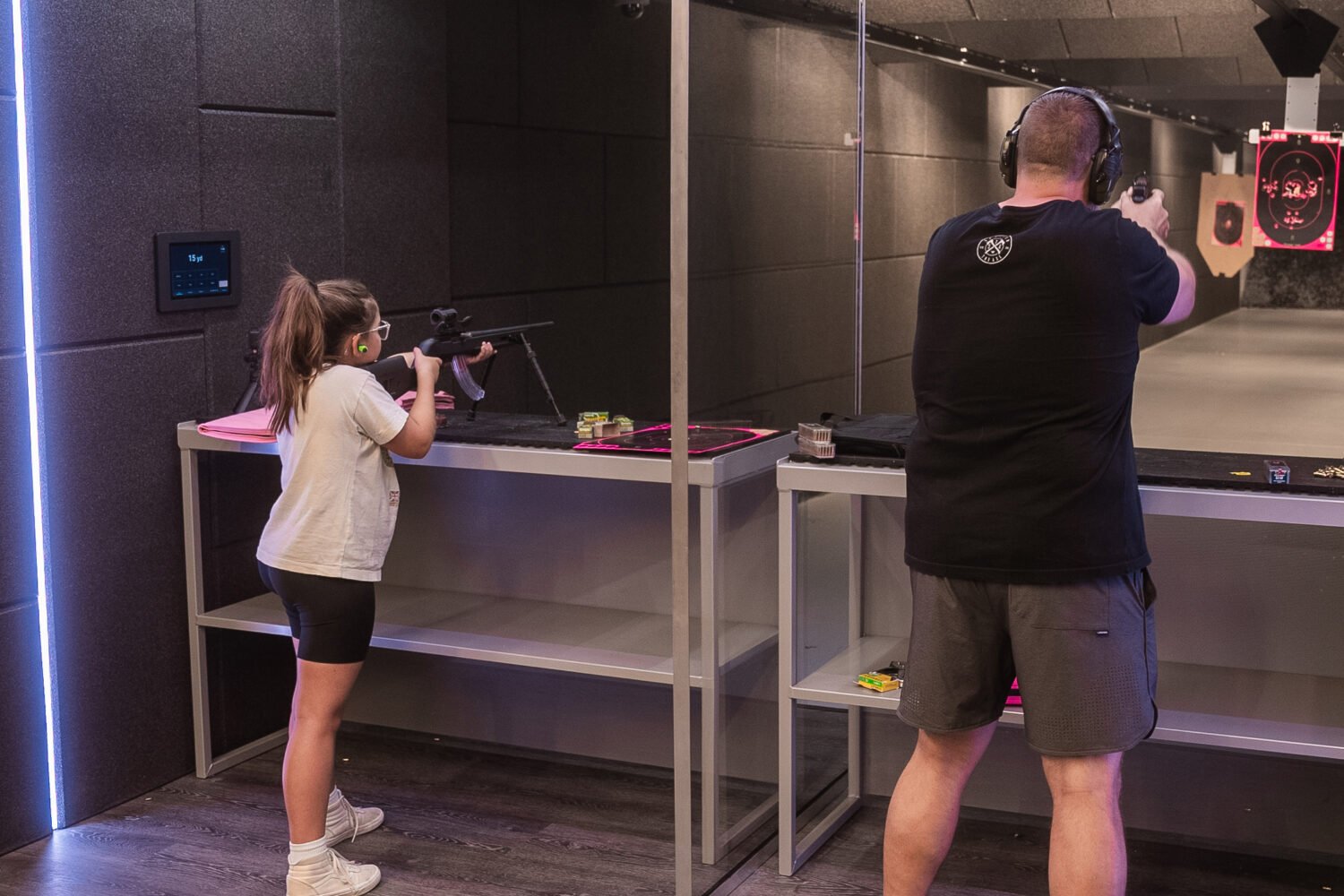Myth: It’s best to serve beer in a chilled glass.
Truth: The colder the beer is, the harder it
is to smell and taste. Craft-beer bars and restaurants store their
products at recommended temperatures, and some even serve each according
to guidelines ranging from as low as 40 degrees for delicate Pilsners to
55 for stouts and strong Belgian ales.
Myth: You should pour beer along the side of the
glass.
Truth: It may have worked at keggers, but
avoiding foam by tipping the glass is a no-no. Pour bottles and cans
straight on, wait for the suds to subside, and repeat until you have a
full glass and at least one inch of frothy head. This method removes
excess gas from the beer for a creamier texture and releases
aromas.
Myth: Bottles keep beer fresher.
Truth: Actually, cans have less risk of
oxidation than capped bottles because they’re airtight. But as long as the
bottle isn’t clear or green, it doesn’t matter. Both cans and brown
bottles protect beer from the skunking effect of UV rays. Metallic-tasting
beer is no longer a problem, thanks to liners that keep brews from contact
with aluminum.
Myth: Triple-hopped or triple-fermented beers are three times as
good.
Truth: That’s subjective, but what you need to
know is that neither practice is particularly special. Most beers are made
by adding hops three times during the boil: early for bittering, in the
middle for flavoring, and at the end for aroma. Similarly, many beers go
through three stages of fermentation.



















